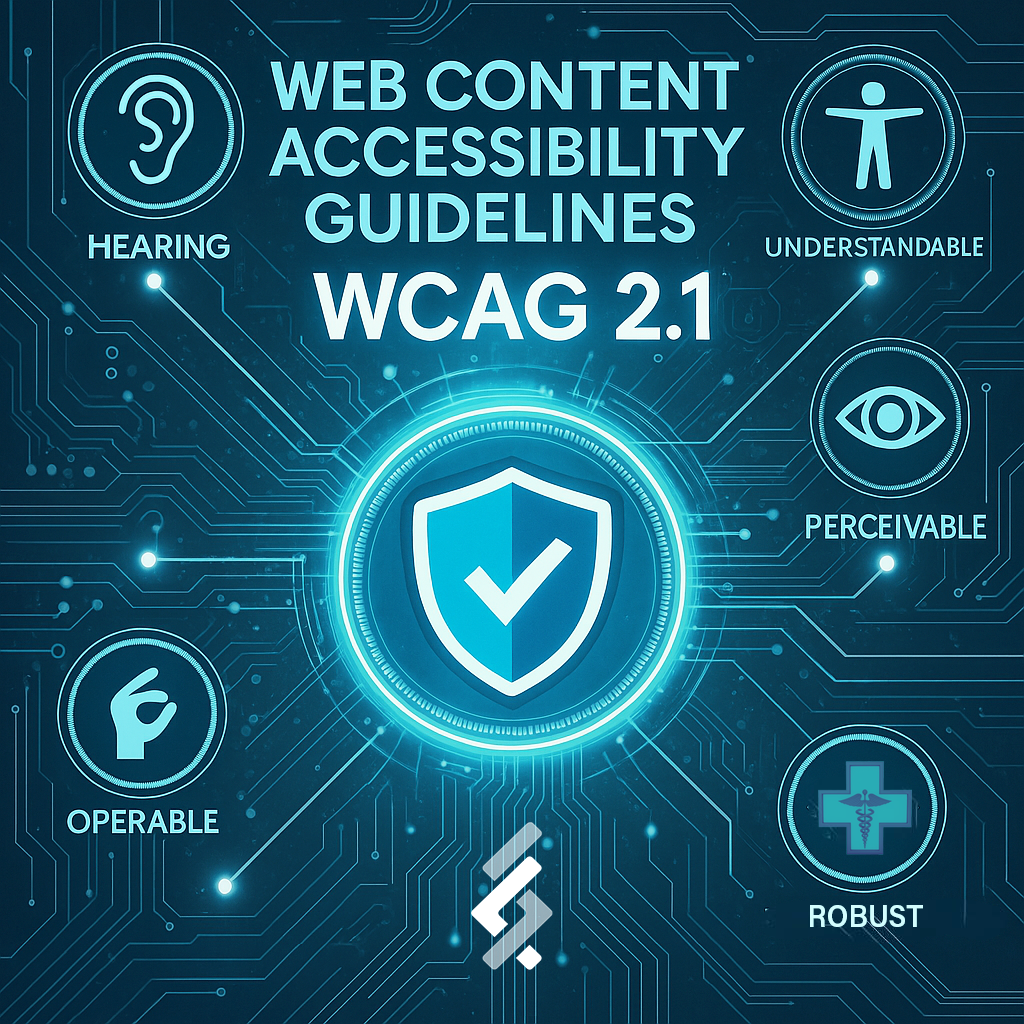The Web Content Accessibility Guidelines (WCAG) 2.1 are a set of international standards aimed at ensuring digital content is accessible to all users, including individuals with disabilities. Developed by the World Wide Web Consortium (W3C), these guidelines focus on making web and software interfaces perceivable, operable, understandable, and robust for all users. In recent years, governments worldwide have adopted these standards to ensure public digital services comply with accessibility laws, impacting software solutions used by government agencies.

Increased Legal Requirements for Government Software
Government agencies are now facing stricter enforcement of WCAG 2.1 Level AA compliance, requiring them to update their software and websites to meet accessibility standards. Many regions have introduced new regulations reinforcing digital accessibility as a legal requirement.
European Union
With the introduction of the European Accessibility Act, public institutions across the EU must now ensure that their software and digital services adhere to WCAG 2.1. This regulation standardizes accessibility requirements across EU member states, impacting government software, e-services, and mobile applications. As enforcement increases, agencies must implement features that improve usability for individuals with disabilities.
United States
Recent updates to federal accessibility regulations have designated WCAG 2.1 Level AA as the official standard for government websites and digital services. This ensures that all online government resources, including portals and service applications, are accessible to individuals who rely on screen readers, keyboard navigation, and other assistive technologies. Compliance with these updates is mandatory for all state and local governments receiving federal funding.
State-Level Legislation in the U.S.
In the United States, several states have introduced their own accessibility mandates. For example, Colorado’s House Bill 21-1110 requires all state and local government digital platforms to meet WCAG 2.1 standards. Originally set for enforcement in 2024, a grace period extends into 2025, giving agencies additional time to ensure compliance.
How Government Software Must Adapt
To align with WCAG 2.1, government agencies must focus on key areas of accessibility improvement:
-
Perceivable Content: Websites and applications must provide text alternatives for images, captions for videos, and adaptable layouts to accommodate various disabilities.
-
Keyboard Accessibility: All interactive elements should be fully navigable without a mouse, ensuring that users relying on keyboard inputs or alternative devices can access services.
-
Clear and Understandable Content: Forms, instructions, and interfaces must be designed to be easy to read and understand, benefiting users with cognitive disabilities.
-
Assistive Technology Compatibility: Government software should support screen readers, voice recognition software, and other assistive tools to provide an inclusive experience.
-
Mobile Accessibility: Given the rise in mobile government services, applications must be optimized for touch navigation, text resizing, and high-contrast visibility.
Why WCAG 2.1 Compliance Matters
Improving Public Access to Services
As governments shift more services online, ensuring accessibility means that everyone, including individuals with disabilities, can fully participate in civic life. This applies to essential services such as tax portals, healthcare applications, and emergency alert systems.
Reducing Legal Risks
Non-compliance with WCAG 2.1 can result in legal challenges. Government agencies that fail to meet accessibility standards may face lawsuits or funding restrictions, making proactive compliance essential.
Enhancing User Experience
Improving accessibility benefits not only those with disabilities but also older adults, individuals with temporary impairments, and users in different technological environments. A more accessible interface often leads to a more user-friendly experience for all citizens.
With stricter enforcement of WCAG 2.1 in 2025, government agencies must act now to ensure compliance. Updating digital platforms to meet accessibility standards is not just about avoiding legal consequences but also about creating equitable access to essential services for all citizens.
